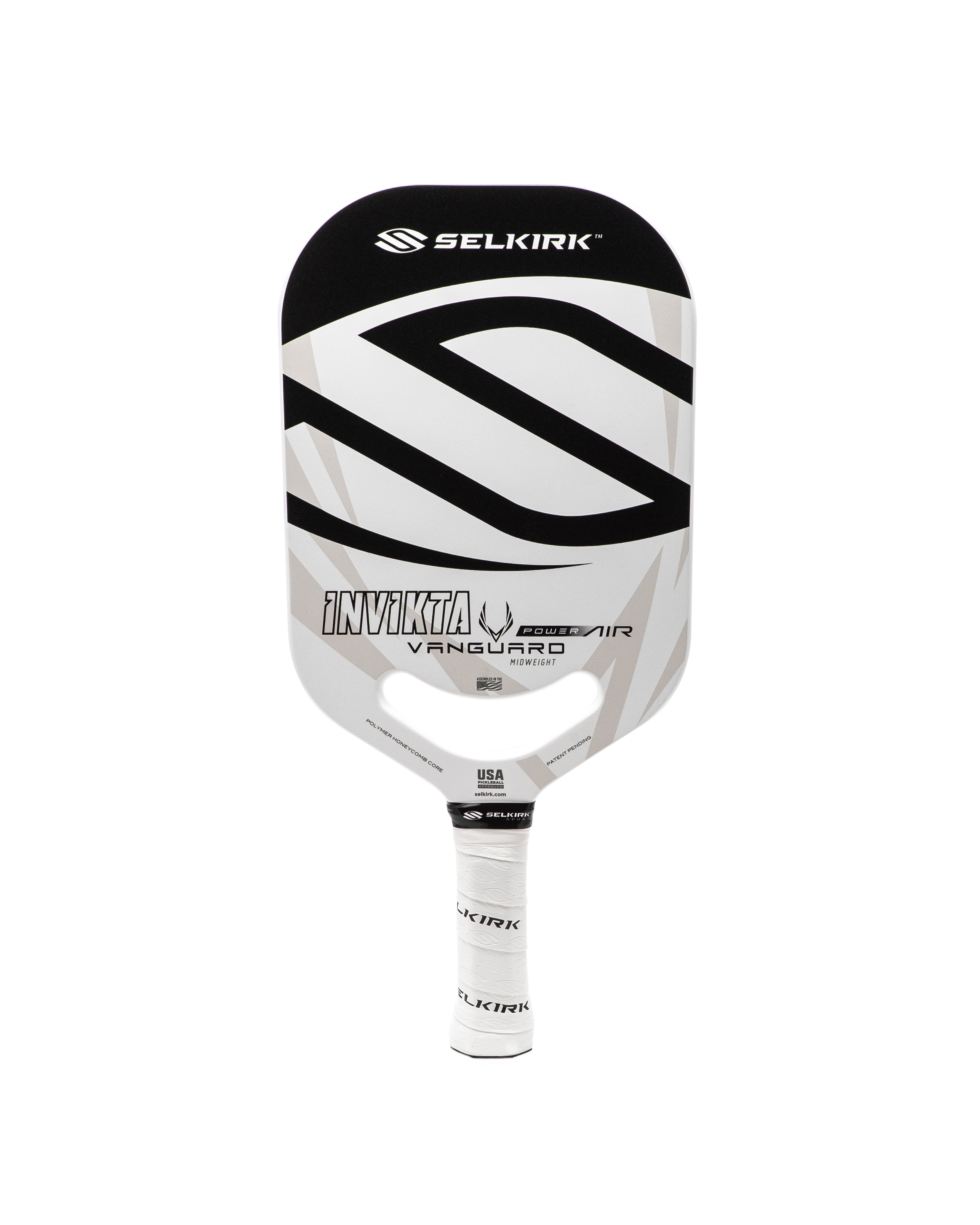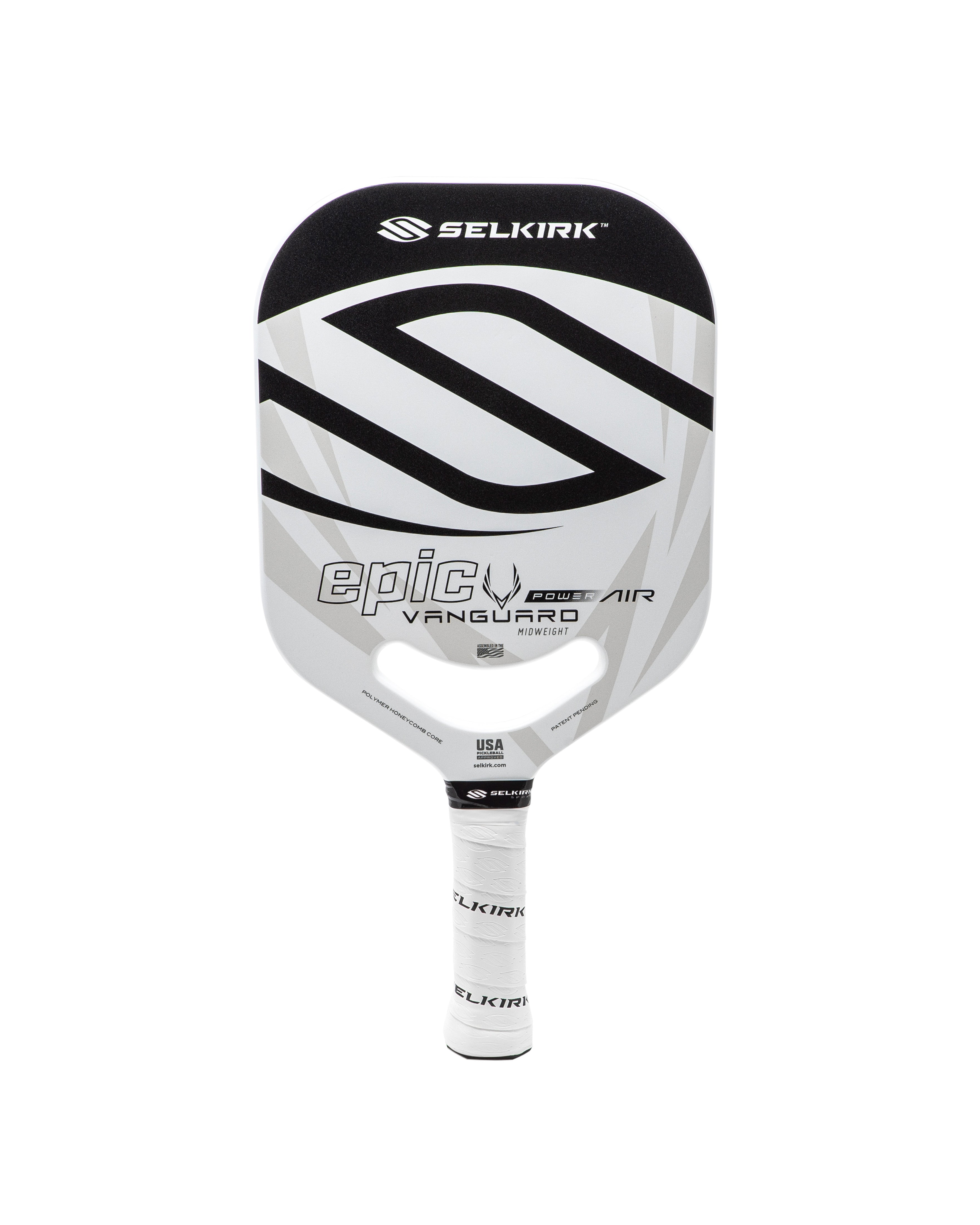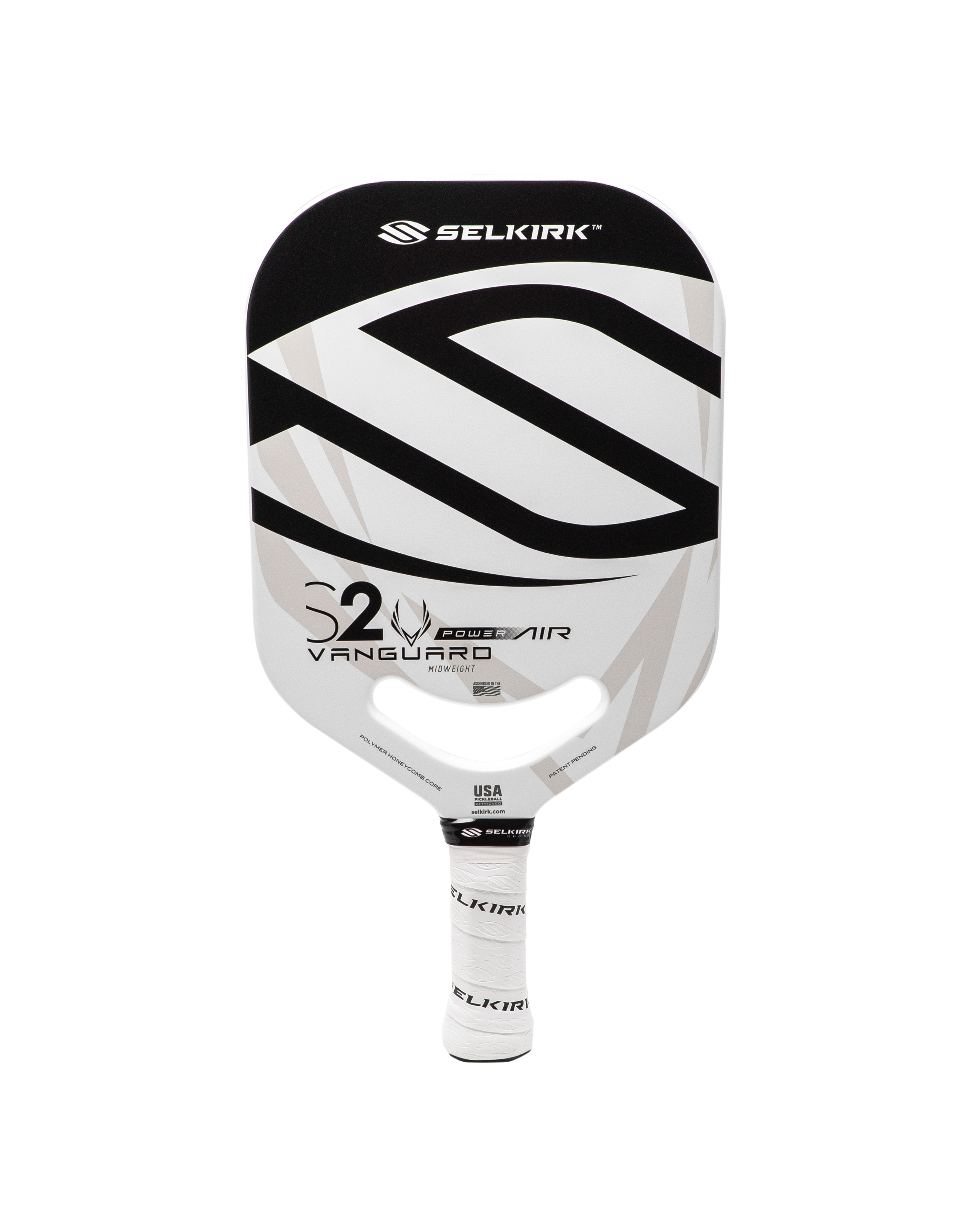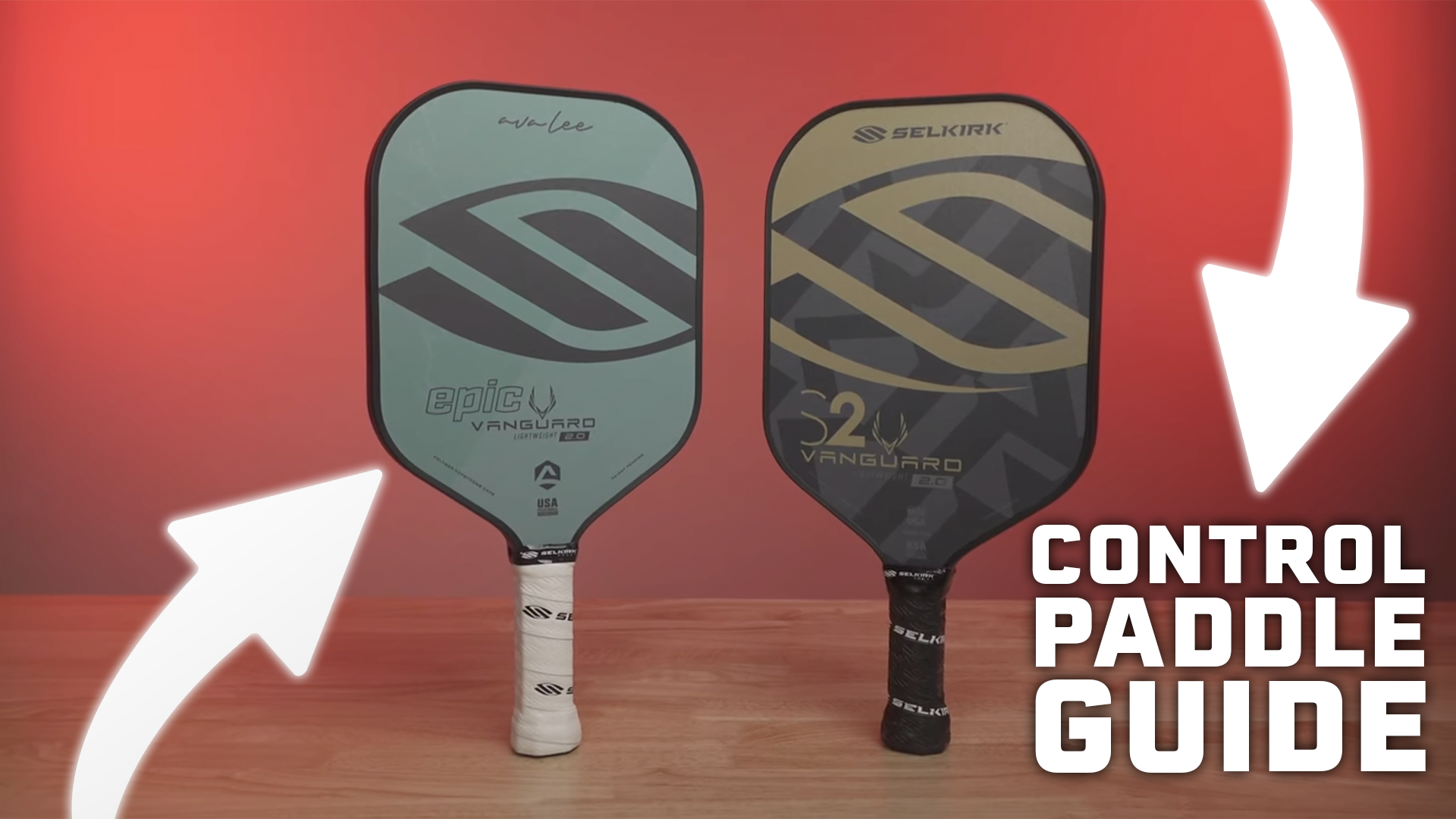Introduction
In this article, we will explore the traits and characteristics that typically define a power pickleball paddle. These traits are common but are not always indicative of power. Power, in this context, refers to the ability to move an object with speed and force. Before diving into the traits of a power paddle, let's first differentiate between "pop" and "power." Often, these words are used interchangeably to describe a paddle's power, but there is some nuance between the two.
Pop vs. Power
Pop refers to the speed at which the ball comes off the paddle face, while power refers to the court penetration your shot has - essentially, the steady speed that the ball travels over time. For example, a paddle with low pop could still have high power or court penetration if it were weighted enough and used with proper technique. The extra mass in the paddle makes hitting the ball harder and farther easier, as you're moving a heavier object through the air when striking the ball.
Characteristics of a Power Paddle
Power paddles typically have three common characteristics: a thinner core, a longer length, and a head-heavy balance.
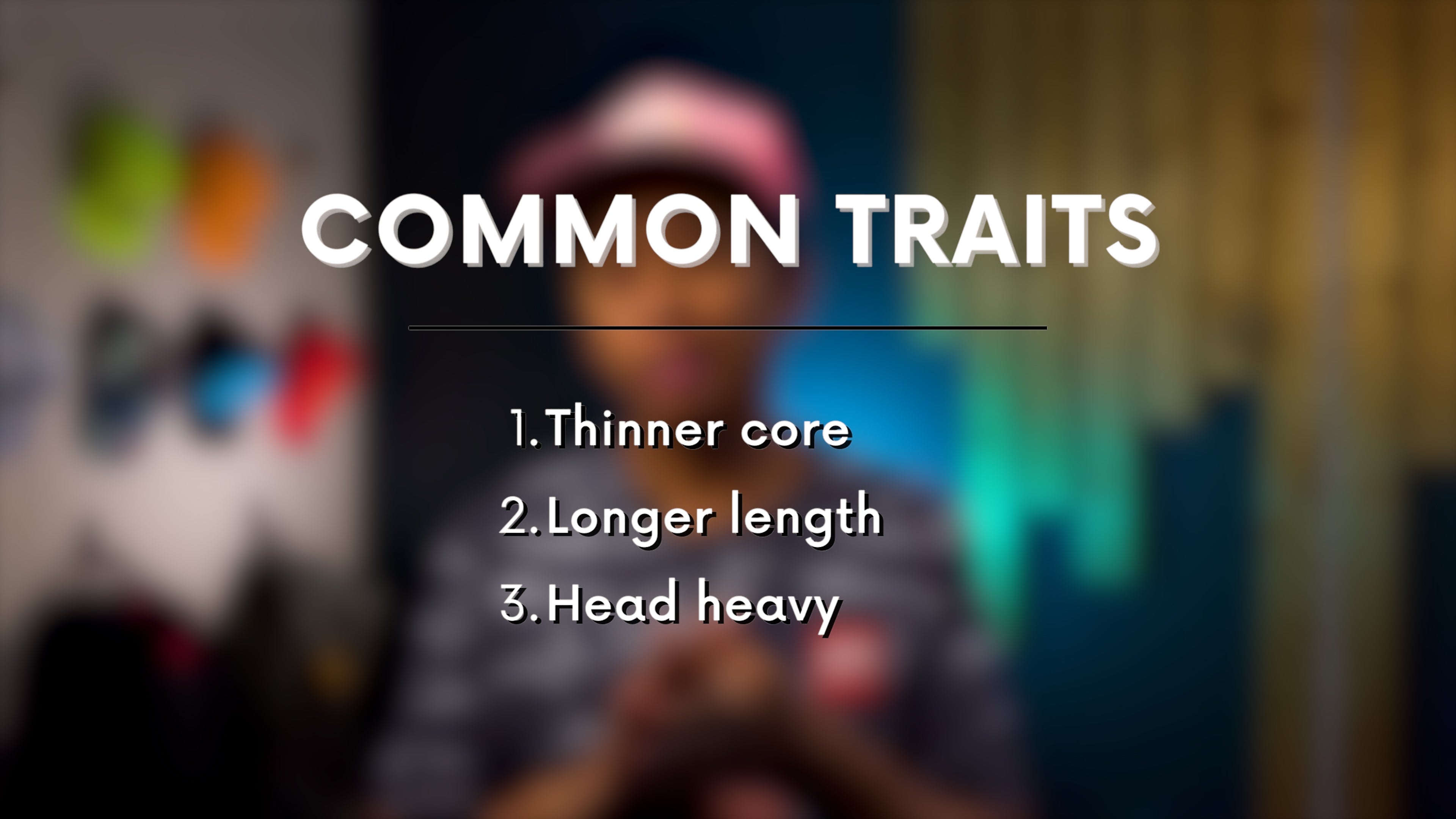
Thinner Core
A power paddle generally features a thinner core, measuring 14mm or less. This thinness allows the ball to rebound off the paddle face quicker, resulting in a firm and crisp feel. This is beneficial for aggressive play when driving the ball, speeding it up, volleying balls out of the air, and smashing overheads, as it cuts down the time your opponent has to react.
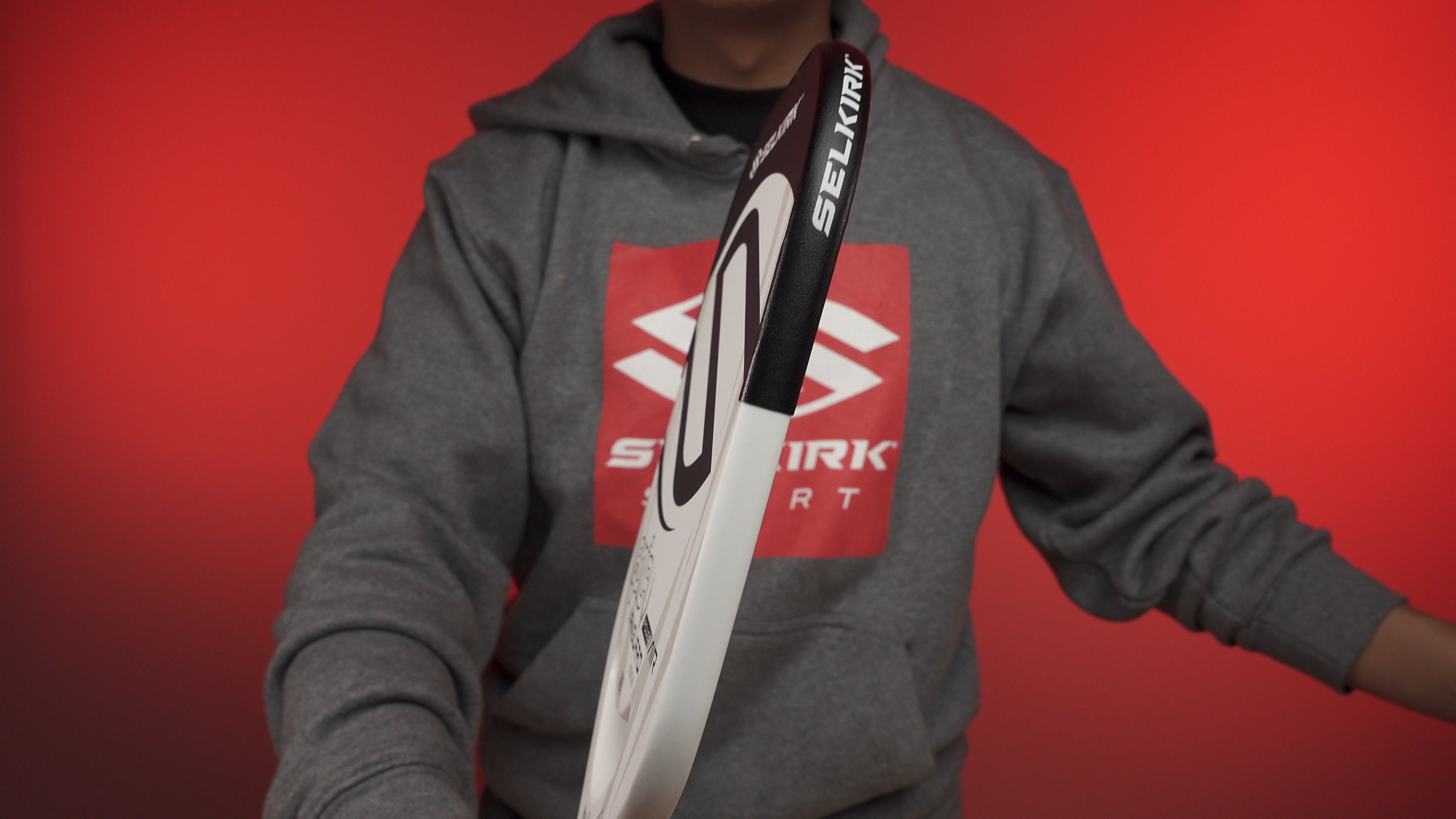
Longer Length
Another essential characteristic is a longer length. A longer paddle length means the point of contact with the ball is further away from your hand. This allows for greater leverage and racket head speed when swinging your paddle, translating to more power.
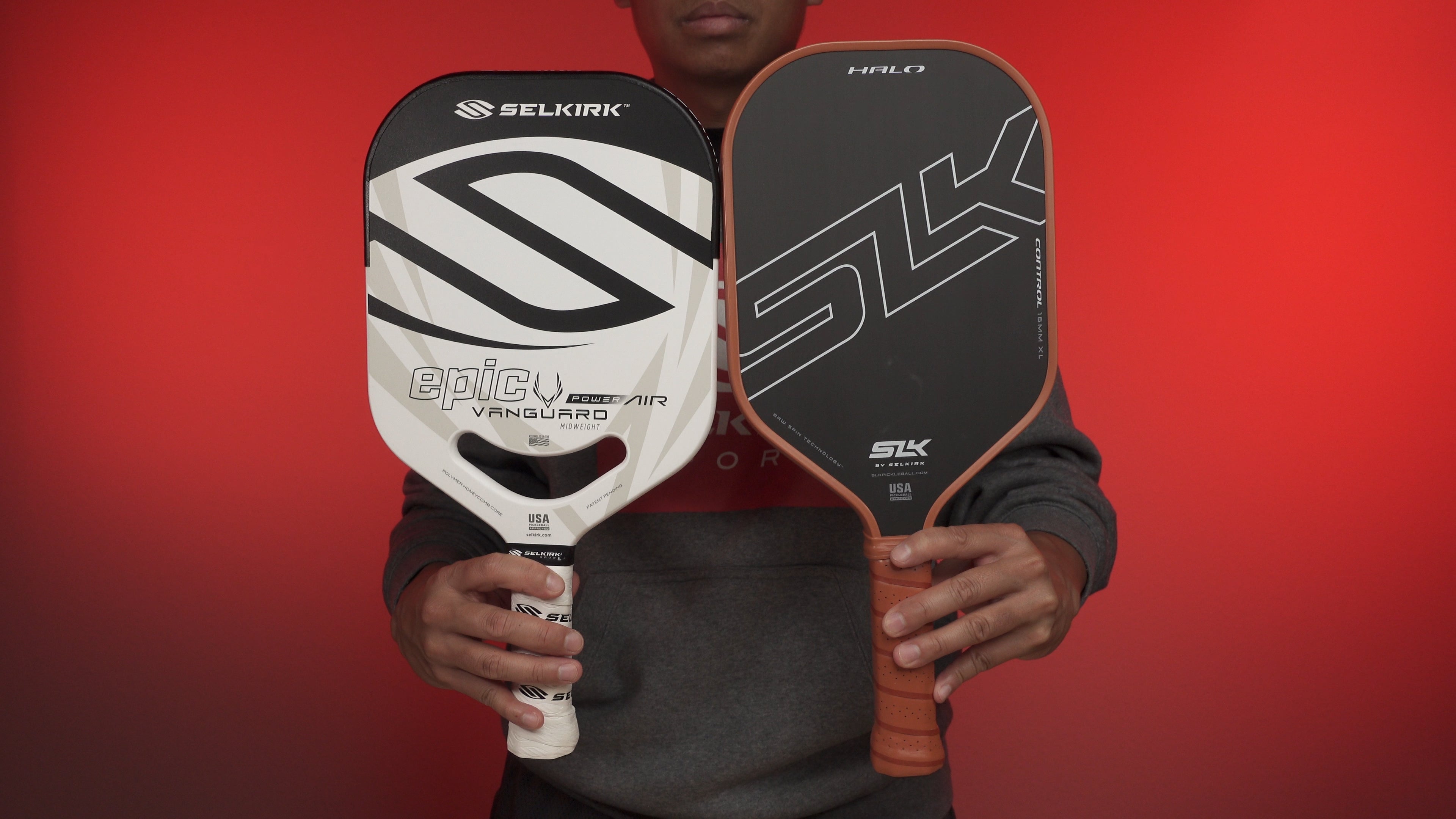
Head-Heavy Balance
Lastly, the balance of the paddle and how head-heavy it is plays a crucial role. Similar to how a longer length contributes to additional leverage, so does the weight, specifically the weight found in the head of a paddle. Think of a baseball bat, which is designed for the sole purpose of hitting a ball far - most of its mass is found in the head. Now imagine hitting a baseball with a plastic bat versus a wooden or aluminum bat – the heavier or stiffer one would send the ball harder and farther.
Power Paddle Examples
If you're interested in power paddles from Selkirk, check out their latest offerings on their site. Some examples of power paddles include the Power Air, Project 002, Project 006, SLK Halo XL Power, and Amp Invikta.
Conclusion
To recap, a thinner core, longer length, and head-heavy balance are the characteristics commonly associated with, but not necessarily exclusive to, power paddles. Based on your experience and skill, you can definitely play a control-oriented game with power paddles. Remember, finding the right paddle for your play style is essential to improving your game and enjoying the sport of pickleball.



